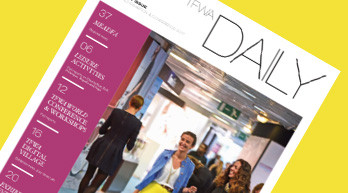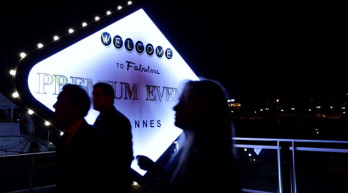

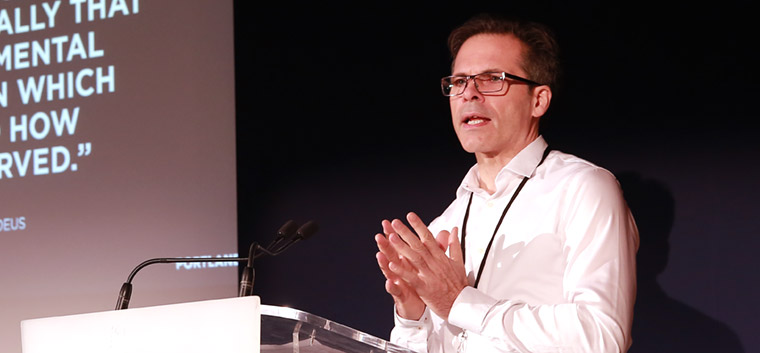
First on stage was Lewis Allen, director of environments at Portland Design, whose Strategic Insights Unit report, The Digital Journey, was published in September. The second in a series of TFWA Monitor reports, it is available to association members. He stated that the data around digital is staggering, and it is predicted that there will be a 4,300% increase in data production by 2020. The industry needs to mine sophisticated data to meet customer needs. The approach needs to be tailored, as 55% of consumers want a personalised experience. An omnichannel strategy is also vital, according to Allen. Omnichannel shoppers have a 30% higher lifetime value than those who shop using only one channel.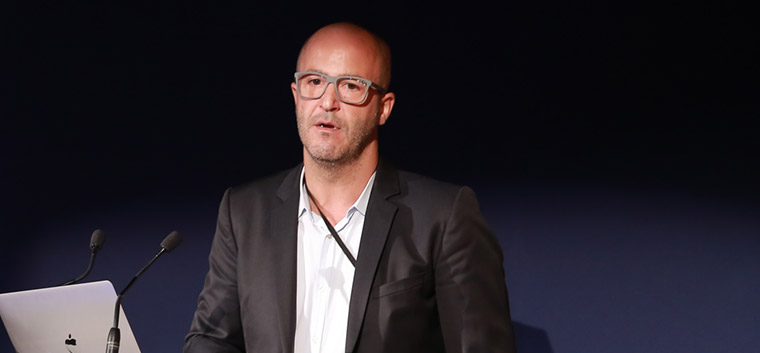
The Blueprint Partnership’s Adil Raïhani shared a number of statistics that were similarly impressive in their scale around the growth in online shopping. In 2016, online retail grew by 24.6% to $1.95 trillion, and by 2020 it will reach a staggering $4 trillion. The way people shop has also changed, and whereas in the past 70% of purchases would be impulse, today the same percentage is pre-planned. High-touch service is essential if duty free and travel retail is to thrive.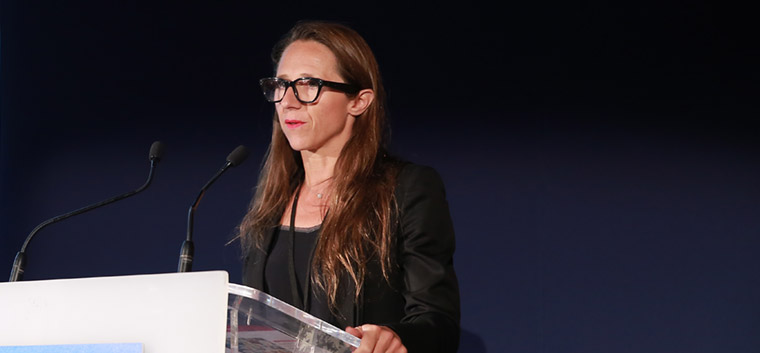
Stéphanie Metz-Thevenod, EVP marketing and digital Duty Free Global at Lagardère Travel Retail, stressed the importance of managing personal relationships with customers via collecting data and also by utilising existing data. Understanding how to segment the offer and target better is the way forward. Customers now purchase more on their mobiles than they do on their laptop, and 36% of millennials expect interactive tools to help them make their purchase decisions.
